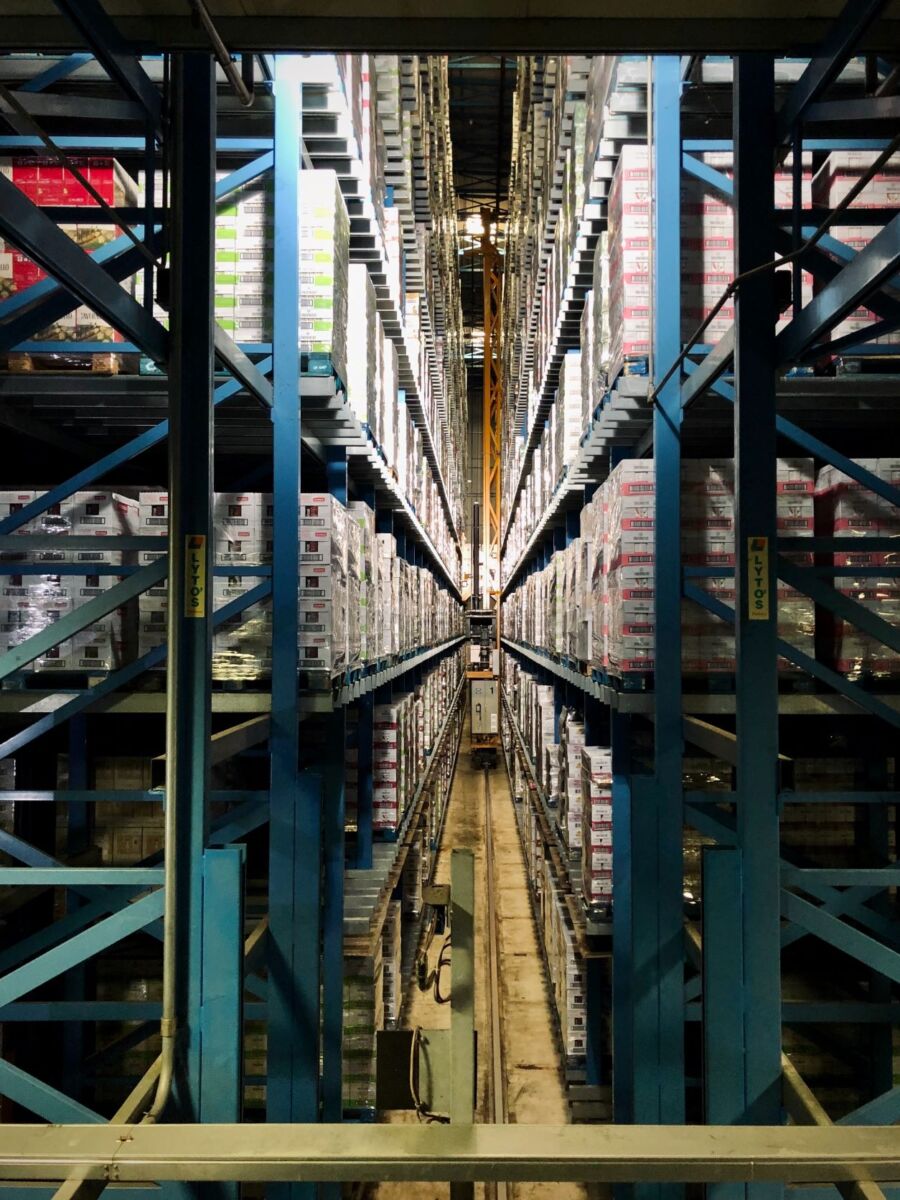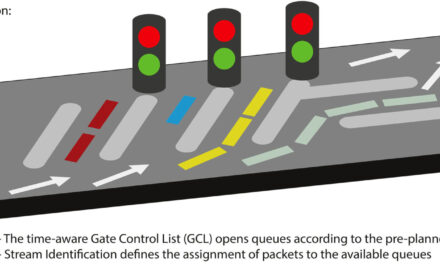“Many predictive maintenance, monitoring and damage-detection technologies are dependent on cellular for safe and reliable operability,” says Colin Abrey of Nextivity
The digitization of manufacturing and production line processes is driving demand for embeddable tech, self-guiding vehicles, connected conveyor belts and intelligent machines capable of performing complicated tasks with little to no human intervention. No longer the stuff of science fiction, these autonomous systems are already showing their true worth in supply chain and logistics. Industrial robots can significantly improve speed and accuracy of routine operations, increase efficiency through side-by-side deployment with shopfloor staff and dramatically reduce the risk of injury when working at height.
Changing expectations are redefining industrial supply chains
Fuelled predominantly by growing consumer expectations for 24-hour order fulfilment, never has competitive pressure in the supply chain space been greater. This has been accelerated further because of Covid-19, with manual fulfilment processes on the verge of becoming unsustainable. Digitization and automation are needed, not only to retain the bottom line and to minimize unnecessary in-person contact in historically busy goods in/out areas, but to enable industrial supply chains to better withstand any future pandemics.
Industrial robots can generate different kinds of challenges
Although process automation speeds up assembly lines by removing the need for human involvement in the selection of interchangeable components, it is becoming increasingly apparent that many industrial robots, instead of streamlining production, are serving to accentuate the situation as “more haste less speed” tactics can often be counterproductive. Super-fast production lines carried out by inexhaustible machines are driving up worker fulfilment targets, putting factory and warehouse operatives under increasing pressure to meet these challenging targets. To optimize digital production lines while ensuring compliance with health and safety rules, associated maintenance and damage detection processes must also be automated to ensure the smooth and safe running of colossal machines, such as floor to ceiling racking infrastructures, automated conveyor belts and other assembly line systems to minimise risk and maintain a safe working environment.
And the larger the facility, the more important this becomes. Current day warehouses and distribution centres comprise movable floor-to-ceiling racking and an abundance of AGVs (automated guided vehicle systems) that are controlled via sophisticated traffic light style systems. Amidst these robots are large teams of shop floor staff, and if a racking structure, for example, is pushed out of line due of a collision causing an operational failure, structural collapse or injury, the cost in lost time or damage to goods is serious in itself, but the potential for large compensation claims can be huge.
Cellular coverage is integral to machine safety in IoT facilities
Although large industrial facilities are awash with IoT devices needed for process automation and around the clock operations, most of these buildings do not have reliable mobile phone coverage in their manufacturing, storage and goods in-and-out handling areas. This is because their iron and concrete structures hamper the penetration of mobile signals, particular the higher frequency 4G and 5G ones. Apart from being a commercial inconvenience and presenting a serious health and safety concerns, the obligatory rack damage detector systems, and indeed other predictive maintenance technologies, which are pivotal to sustained equipment and staff safety, often require cellular coverage to send data to the monitoring/control centre and trigger an incident. More importantly cellular is central to most M2M communications in existing IoT networks because its readily accessible (in theory at least), it’s cheap, and, with encryption, it’s secure.
Industry and manufacturing favour asset tracking over connectivity
Manufacturing, industrial warehousing and large-scale distribution centres have historically favoured asset tracking technologies over reliable cellular coverage because of the perceived high costs associated with the latter. And until recently inbuilding coverage options were almost always limited to DAS (distributed antenna systems), which was not viable in many instances, particularly in smaller and medium facilities, because of long install times, MNO involvement, high deployment costs and the need to rip and replace existing infrastructure.
Ensuring reliable indoor mobile connectivity is no longer such an arduous task now that the rules pertaining to the use of supplementary equipment (mobile signal boosters, for example) have been relaxed by Ofcom. Facility managers can take the necessary steps to improve mobile coverage in their respective buildings using readily available equipment. The only limiting factor is that said equipment must satisfy Ofcom’s mobile repeater licence exemption specification and not many do. One such system that does tick all the boxes is Cel-Fi by Nextivity and it is currently being used to provide the cellular support needed to ensure machine safety at Tracker UK Ltd.’s manufacturing facility.
Whilst 5G is gaining traction in the large facilities via the deployment of Private 5G mobile networks, universal 5G coverage is still some way off, however, because of the infrastructure overhauls needed at carrier level to enable cloud computing and data backhaul. Moreover, when it comes to ensuring reliable 5G coverage indoors the same challenges apply, arguably even more so due to the short frequency ranges of 5G signals. In the interim, the health and safety systems operating alongside intelligent racking systems and other interconnected machines still need a reliable trigger mechanism and for the foreseeable future this will continue to be cellular. Ensuring reliable cellular coverage is neither difficult nor expensive.
[Image: Arno Senoner for Unsplash]




